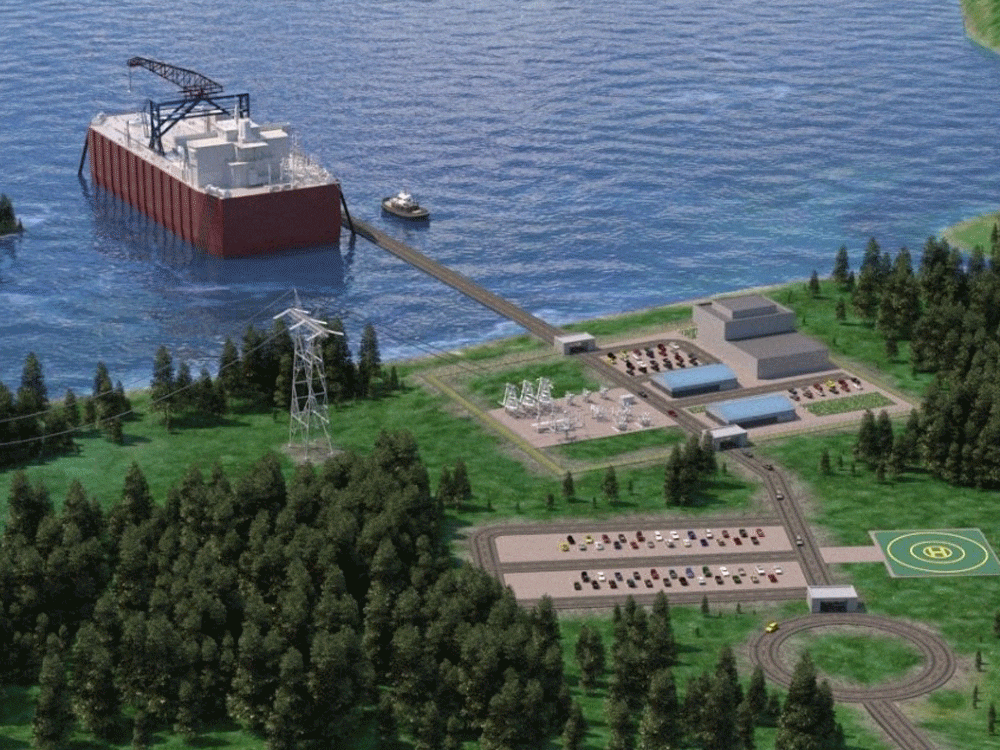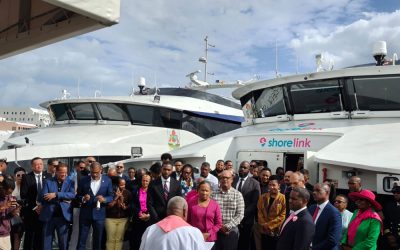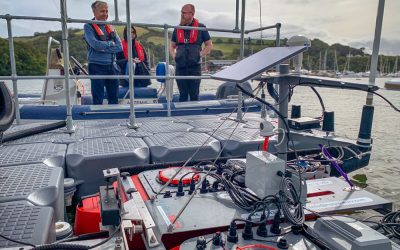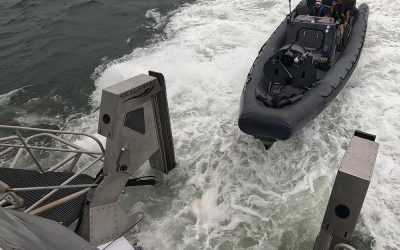Classification society Lloyd’s Register (LR) says it plans to use Microsoft’s Azure OpenAI Service as a tool to accelerate licensing processes for nuclear in maritime applications.
The idea is to use the Azure OpenAI platform to analyse historic nuclear licensing data, which should help licensing engineers to draft new permit documents far more quickly, LR anticipates. The platform will also enable engineers to search for “regulations, precedents and other valuable information buried in large regulatory datasets” in a comparatively timely manner, LR says.
Jeff Scott, LR deputy chief technology and innovation officer, comments: “Regulations shouldn’t be a roadblock to innovation—they should be a launchpad. By teaming up with Microsoft, we’re using AI to cut through the red tape and fast-track the future of nuclear in maritime. It’s an exciting step toward making clean energy a reality on the water.”
Mark Tipping, LR’s global offshore power-to-X director, adds: “We have a large data source from decades of regulatory applications, which these AI capabilities can interrogate swiftly to identify good practice and lessons learned. Together, we’re tackling one of the biggest challenges in deploying nuclear technology, which is navigating complex, slow and costly licensing processes.
“Collaborating with Microsoft provides us with an excellent opportunity to combine two very different areas of expertise: their AI capabilities; and our vast history and knowledge of maritime and nuclear safety.”
One claimed benefit of the Azure OpenAI Service is the ability for end users to ask direct questions instead of writing complex database queries. When used in conjunction with Microsoft’s Azure AISearch, users can search through vast repositories of historic data, including documents, PDFs and databases, using keyword and semantic search capabilities.
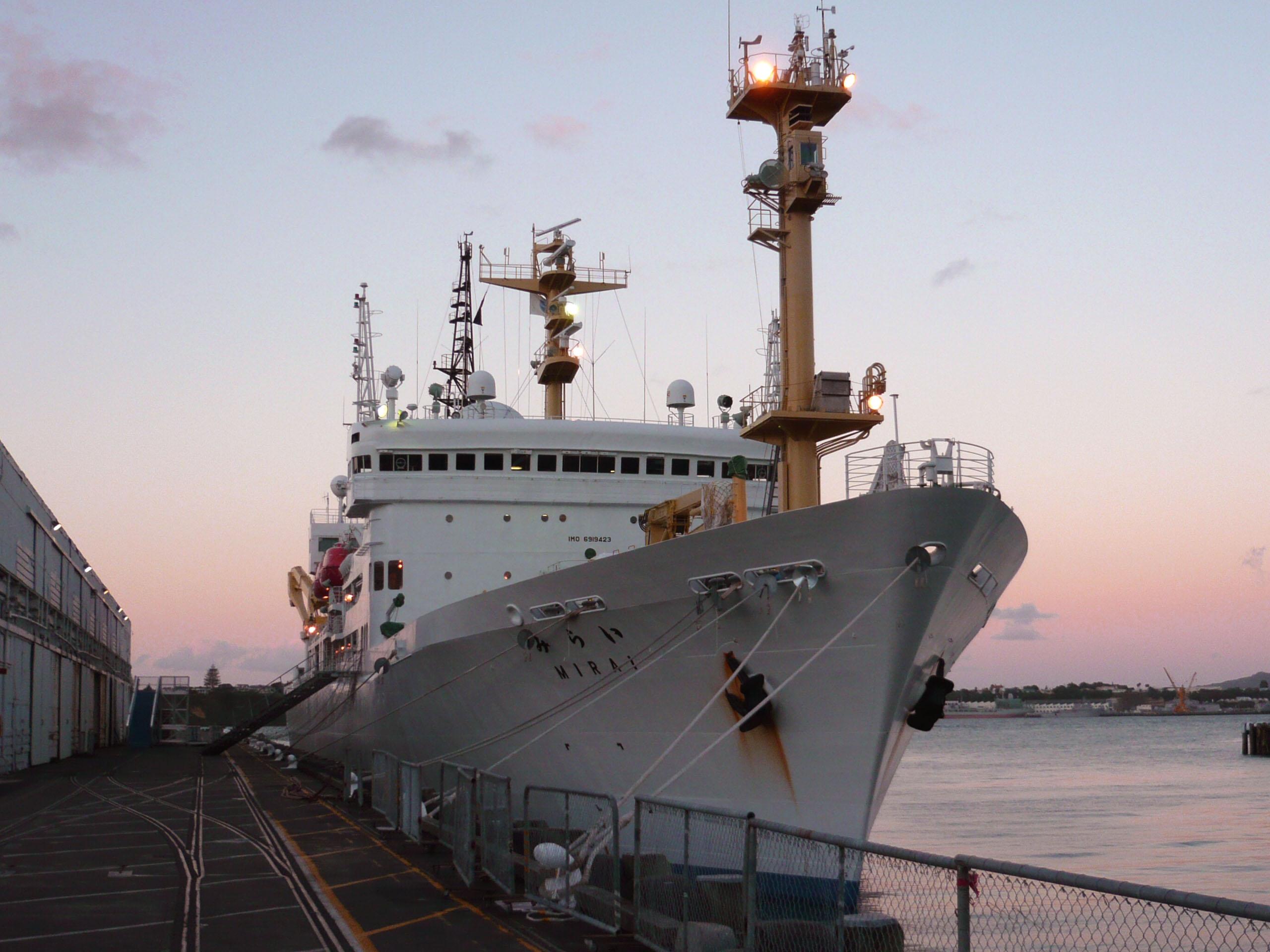
Lessons learned from the Japanese nuclear vessel ‘Mutsu’, later repurposed as research vessel ‘Mirai’ (pictured), will feed into the Japanese Review Committee’s analysis
Meanwhile, the Japan Society of Naval Architects and Ocean Engineers has launched its Review Committee of Nuclear Energy Utilization in Maritime Industries. Set to run for two years, the Review Committee, headed by Taiga Mitsuyuki, associate professor at Yokohama National University, will analyse the various barriers to maritime nuclear (including technical challenges, public acceptance and financial viability) and how to overcome them, using domestic and international case studies for reference.
The domestic case studies will include input from persons involved in the development of the 130m, nuclear-powered Japanese vessel Mutsu, which was launched in 1969. Built by Ishikawajima-Harima Heavy Industries (now IHI Corporation) and originally powered by a pressurised water reactor (PWR), Mutsu was subject to criticism, and particularly so from local fishermen, after a minor radiation leak during its first test run in 1974. The programme was shelved, and the PWR removed in 1995, with the vessel being repurposed as the oceanographic research ship Mirai.
The Review Committee says it will wrap up its work in November 2026.
